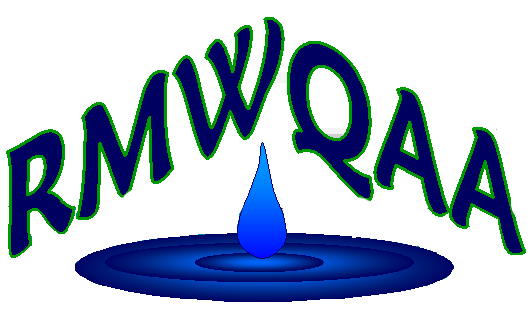Has this situation ever happened to you in your lab?
Something goes wrong with a test, so you order a new chemical and the new chemical fixes the problem. You are happy your problem is fixed, but you are stuck with a batch of chemical that you don’t want to keep around in your lab since it may have been the source of the problem. You decide to dispose of it, but when you pull out your Safety Data Sheet (SDS), under disposal considerations, it says: “Dispose of in accordance with all applicable federal, state, and local regulations.” You think, what the heck does that mean? Where do I go to track down this information? You are stuck holding on to a bottle of chemical that you are 95% sure can go into the trash but you want to do things correctly for the environment and follow all the rules. What do you do?
I went to a few different places to scope it out. I started on the Occupational Safety and Health Administration (OSHA) website and checked out their SDS page. There I learned that the disposal considerations section is listed as “Non-Mandatory”. Huh? I guess proper disposal isn’t so important. In fact, sections on regulatory, transport, and ecological information are also non-mandatory. Sorry little fishes and other creatures of the world. That isn’t to say that disposal doesn’t matter to OSHA, they still have high expectations that hazardous materials are properly disposed of. Upon further reading, the reason they don’t enforce disposal is because other agencies enforce it and someone else has it covered.
Who is that someone else? How do you know what jurisdiction disposal falls under? Well, that’s a good question. The American Veterinary Medical Association explained waste regulation the best, “Simply put, the Environmental Protection Agency (EPA) regulates the disposal of products with environmental impact; the Occupational Safety and Health Administration (OSHA) regulates factors associated with potential employee exposure to hazardous substances; the National Institute of Occupational Safety and Health (NIOSH) provides guidance pertaining to products used in the workplace that impact human and public health; and the Drug Enforcement Agency (DEA) regulates the disposal of controlled substances.” That’s a lot of regulators!
Despite all these agencies involvement, ultimately proper disposal is up to the disposer. So how do you figure out what to do? I eventually stumbled upon a citation for an actual list of regulated hazardous waste listed in the Code of Federal Regulations. In 40 CFR § 261 Subpart D lists out the categories of hazardous wastes, and within each category, the types of waste or the specific chemicals that are classified as hazardous. For the individual chemicals, the list includes the chemical name, hazardous waste classification number, CAS number, and information on why it is listed as hazardous (i.e. toxic, flammable, corrosive, etc…).
Verification of your chemical on EPA’s list is not enough. In some cases, state regulations are more stringent than the EPA regulations, so you still need to check with your state to see if the compound is hazardous or not. All states should have some guidance on this. In Colorado, it is the Colorado Department of Public Health and Environment’s “Colorado Hazardous Waste Regulations, Part 261 Identification and Listing of Hazardous Waste”. Pages 84-105 have a similar list to the EPA’s where you can check to see if it is on the list.
Even then it may not be enough. If you are planning on dumping the chemical down the drain, you will also need to check with your local wastewater treatment plant. If you are the local WWTP, hopefully you already know what is allowed down the drain and what isn’t. If not, check in with your pretreatment department to see what guidance document they have on waste disposal. You should also check with your solid waste provider. I had a hard time finding any info on hazardous waste disposal for Denver, but Denver actually has a customer technical assistance line that could likely answer some questions.
Unfortunately, the search for the appropriate disposal does not end here. Once you know whether you are dealing with hazardous or non-hazardous compounds, you still need to dispose of it properly. This is still a bit of a mystery to me. It appears non-hazardous waste can be disposed of in the trash, but I don’t know of that is 100% true. Some guidance mentioned that bottles should be rinsed and the label removed, but it didn’t sound like a must. I searched 40 CFR and CDPHE’s website for non-hazardous waste disposal and came up with nothing. I’m sure this information is out there. The search continues…
If you have knowledge of more in depth instructions or information on waste disposal, please contact a RMWQAA board member, reply to this post, or start a discussion in the forum, so that our membership can be more informed.
Natalie Love is the Laboratory Director at GEI Consultants, Inc. GEI conducts Whole Effluent Toxicity (WET) Testing, low-level nutrient analysis, and benthic macroinvertebrate identifications. She lives in Denver with her husband, 2 daughters, and mastiff.
 Welcome to the
RMWQAA Website!
Welcome to the
RMWQAA Website!  Welcome to the
RMWQAA Website!
Welcome to the
RMWQAA Website!